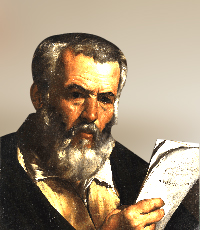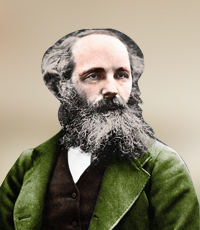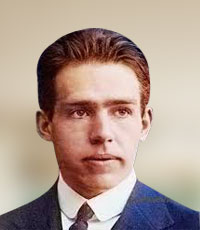
Niels Bohr was one of the foremost scientists of modern physics, best known for his substantial contributions to quantum theory and his Nobel Prize-winning research on the structure of atoms. He studied the subject throughout his undergraduate and graduate years and earned a doctorate in physics in 1911 from Copenhagen University.
Realizing that classical physics fails catastrophically when things are atom-sized or smaller, he remodeled the atoms to make electrons occupied ‘allowed’ orbits around the nucleus while all other orbits were forbidden. In doing so he founded quantum mechanics.
Later, as a leading architect of the Copenhagen interpretation of quantum mechanics, he helped to reshape our understanding of how nature operates at the atomic-scale.
While still a student, Bohr won a contest put on by the Academy of Sciences in Copenhagen for his investigation into the measurements of liquid surface tension using oscillating fluid jets. Working in the laboratory of his father (a renowned physiologist), Bohr conducted several experiments and even made his own glass test tubes.
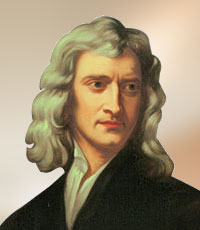
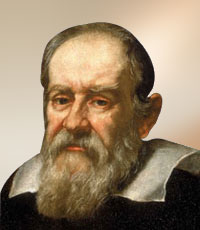
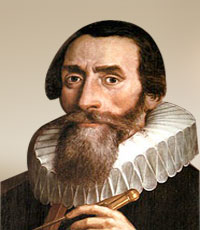
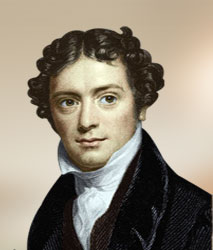
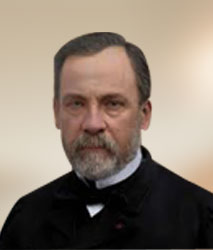
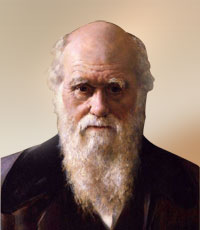
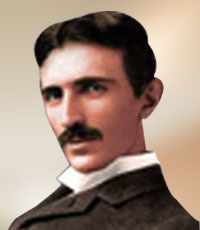
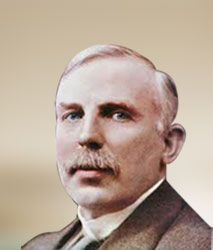

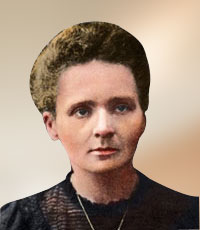
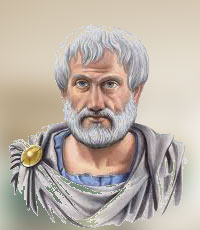
.jpg)
